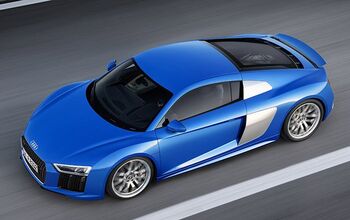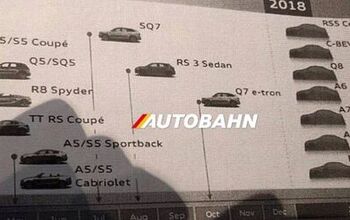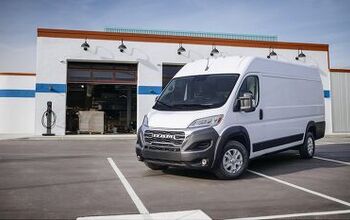2016 Audi R8 To Get Smaller, Turbocharged V8

It’s known that the next generation Audi R8 will share its platform with the Lamborghini Huracan but very few details have been spilled about its powertrain. Today we have a bit more information about what Audi is planning for its mid-engined, all-wheel drive marvel.
According to Audi technical chief Ulrich Hackenberg, the R8 will continue to offer a V8 and V10 engine. That V10 is closely related to the 610 hp monster that is used in the latest Lamborghini. Hackenberg also stated that the Audi will also use the same all-wheel drive setup and seven-speed dual clutch transmission, although they may be tuned differently.
The next R8, which is rumored to be lighter than the current generation model thanks to the Huracan’s carbon fiber/aluminum chassis, will also sport a wider track and longer wheel base than the Huracan. The Audi will also have a unique suspension set-up from the Italian exotic.
SEE ALSO: Lamborghini Huracan – Everything You Need to Know
Finally, Hackenberg explained that the German automaker will eventually offer a smaller version of its 4.2-liter V8, but turbocharged, in order to meet engine size requirements in certain markets.
SEE ALSO: Audi R8 V10 Plus Review
Audi also seems to be interested in resurrecting its electric R8 e-tron project. Apparently, the automaker has sorted out the cars issue with electric range, saying that the vehicle will be capable of traveling more than 279 miles on a charge. A final decision will be made soon on the electric super car.
[Source: AutoCar]
Discuss this story at our Audi Forums

Sami has an unquenchable thirst for car knowledge and has been at AutoGuide for the past six years. He has a degree in journalism and media studies from the University of Guelph-Humber in Toronto and has won multiple journalism awards from the Automotive Journalist Association of Canada. Sami is also on the jury for the World Car Awards.
More by Sami Haj-Assaad































Comments
Join the conversation